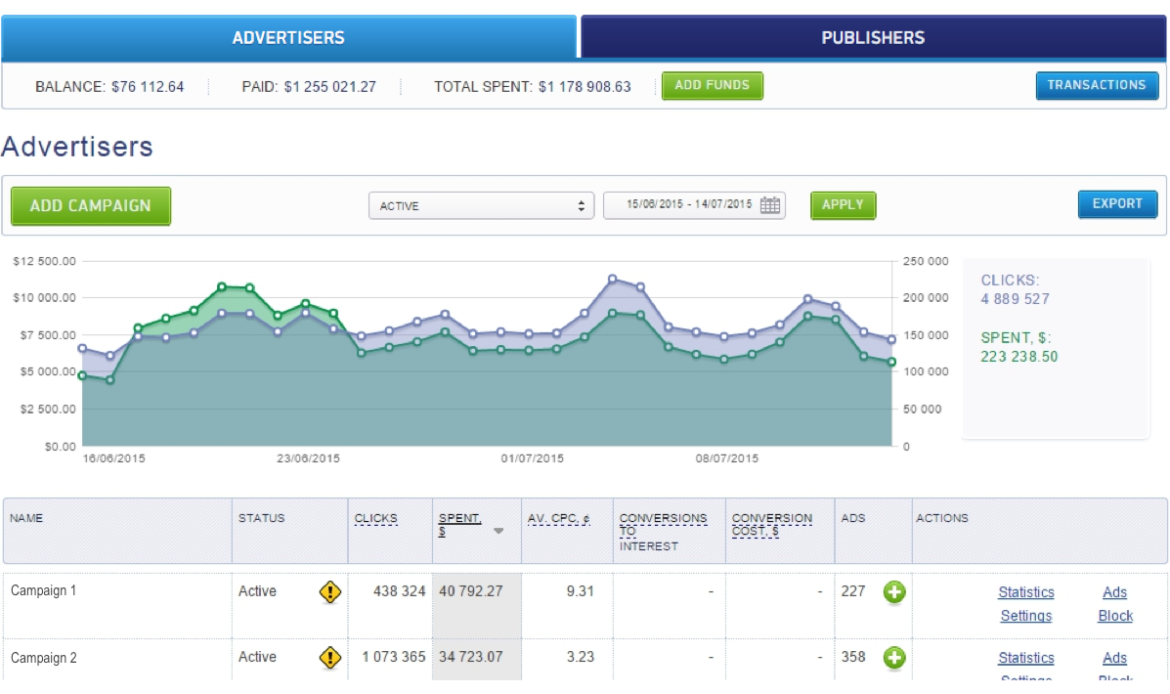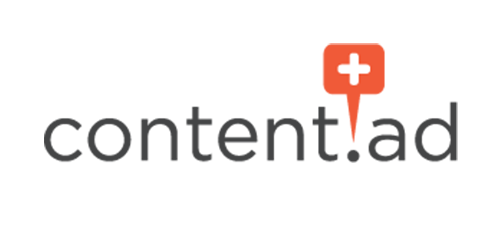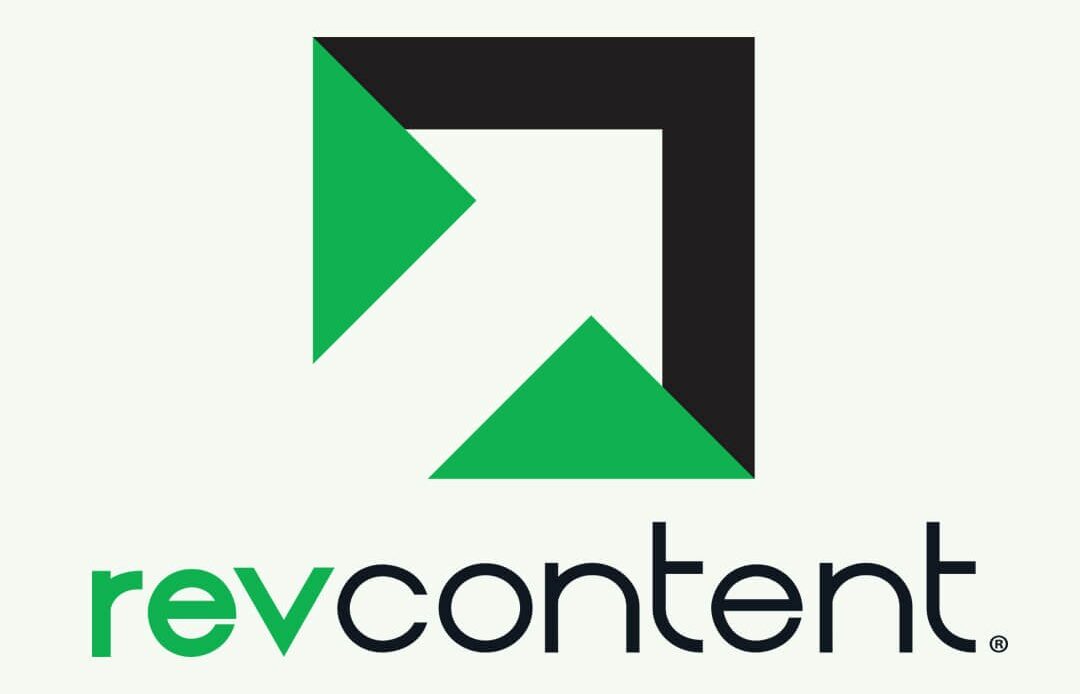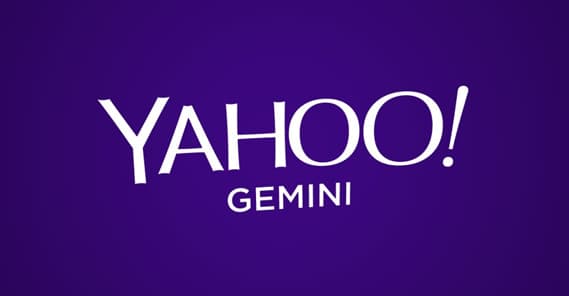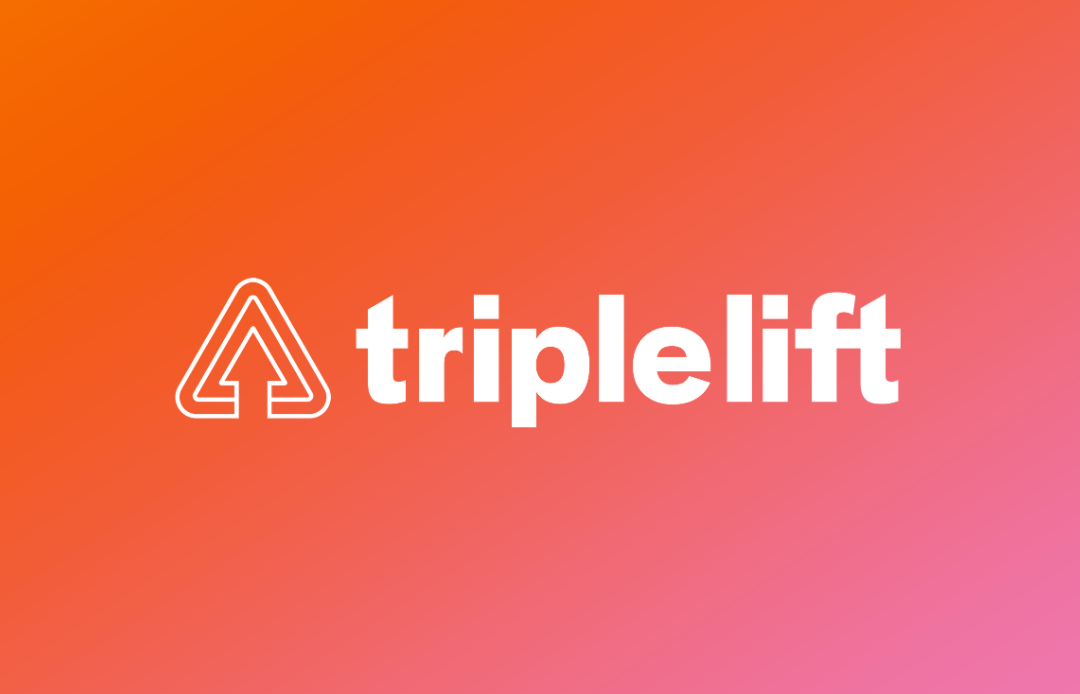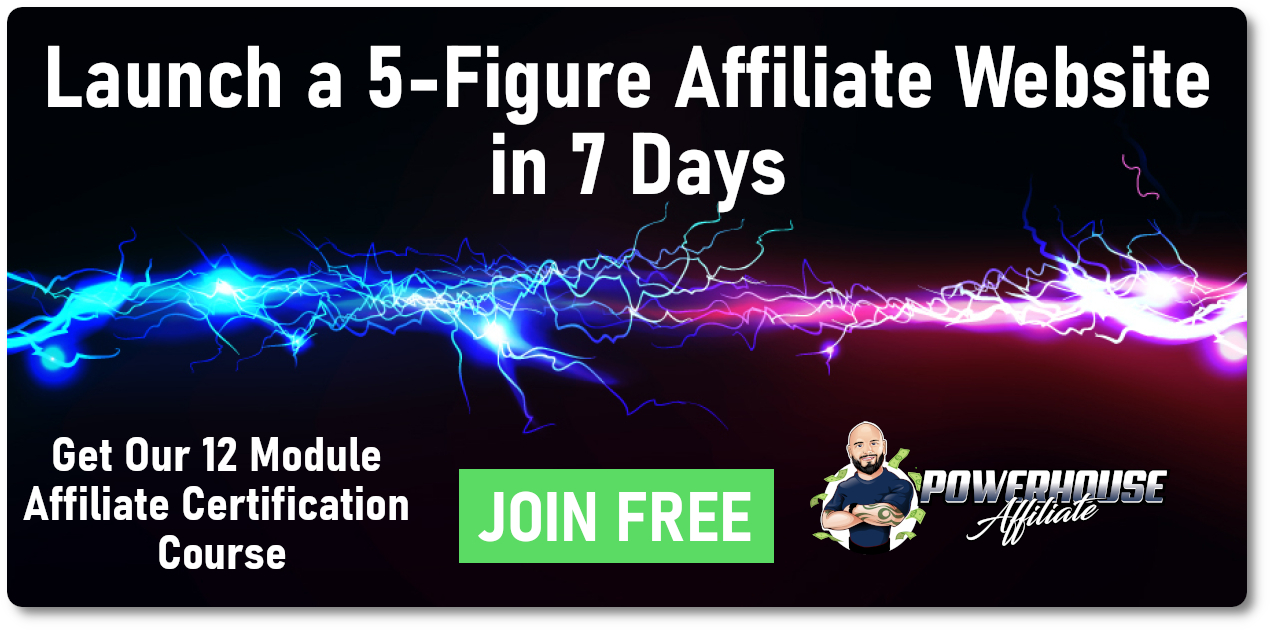9+ Top Native Ads Platforms for Massive Scale
One of the latest and most effective ways to reach consumers is through native ads platforms. These platforms allow businesses to place ads directly into the user’s feed, which blends in with the other content that they are viewing. This allows businesses to target potential customers more accurately, and can be a more effective way to reach them than traditional advertising methods, with a 60% higher CTR on average.
There are a number of different native advertising platforms available, each with their own unique features. It can be difficult to decide which platform is right for your business, so here is a comparison of 9 out of the most popular options and my takeaways.
First of all, here’s my personal top 4:
MGID
MGID’s native advertising platform connects to top-tier, verifiable publishers with highly engaged traffic.
TABOOLA
Taboola is a native advertising platform that allows brands to promote their products on websites globally.
OUTBRAIN
Outbrain native ads platforms integrates with some of the world’s top publishers such as CNN and more.
CONTENT.AD
Content.ad has been a leader in the native advertising industry for over 15 years.
When it comes to marketing, every business needs to consider how they will reach their target audience. Using competitive intelligence in conjunction with native ads is a recipe for success. In order to generate the greatest impact, many performance marketers today are turning to native ads platforms. By using this type of marketing strategy, businesses can create highly engaging content that blends naturally into their readers’ online experiences, effectively capturing their attention and influencing opinions.
This is especially beneficial for brands that want to stand out in a crowded digital marketplace by delivering high-quality content that is relevant and valuable to their customers.
Ultimately, then, marketers who choose native advertising have a wide range of benefits at their disposal – not only increasing brand awareness but also building valuable connections with potential consumers.
So if you’re looking to elevate your marketing efforts and gain a competitive edge, make sure that native ads are part of your strategy!
However, successfully incorporating native ads into a marketing campaign requires a specialized platform that is specifically designed for this purpose. Without this type of platform, it can be difficult to manage and optimize content campaigns in a way that effectively targets specific audiences and delivers real results.
Because of this, marketers will always need a reliable native ads platform in order to stay ahead of their competition and achieve continued success online.
Let’s get started.
What are the Best Native Ads Platforms?
Here are my top picks:
1 – MGID
MGID’s native advertising platform connects and intertwines global audiences through top-tier, verifiable publishers with highly engaged traffic.

Quick facts:
-In the market since 2008
-One of the largest audiences for native advertising
-High-quality publishers with clean tracking record
-Offers account manager
BEST FOR:
Those looking for broader global audiences – recommended both for inexperienced advertisers starting with a lower budget as well as more experienced ones with more resources and knowledge
PRICING:
Adjustable budget, with minimum spend of $100.
PROMOTIONS:
25% bonus credit match
MGID is a pioneer when it comes to native advertising. Being on the market for 14 years now, it has over 32,000 content websites about a variety of topics with over 850 million unique monthly visitors speaking 70+ different languages in its network all over the world.
MGID is a self serve ad platform and it requires a minimum balance of just $100 to get started, making it one of the best platforms for those who are getting started with fewer resources.
By adding $1,000 or more to your balance, you’ll also gain access to an account manager who’ll guide you through the platform and help you explore features and manage your account more professionally, saving you time and generating better outcomes.
One of the things that sets it apart from other native ad platforms is its focus on quality traffic. MGID claims to work only with high-quality publishers that have a clean track record, which ensures that your ads are being seen by real people who are interested in what you have to offer.
Their native ad formats include Native Widgets, MGID Smart Widget, MGID In-content Impact Widget, and Native Video, each with its own features to adapt to different circumstances.
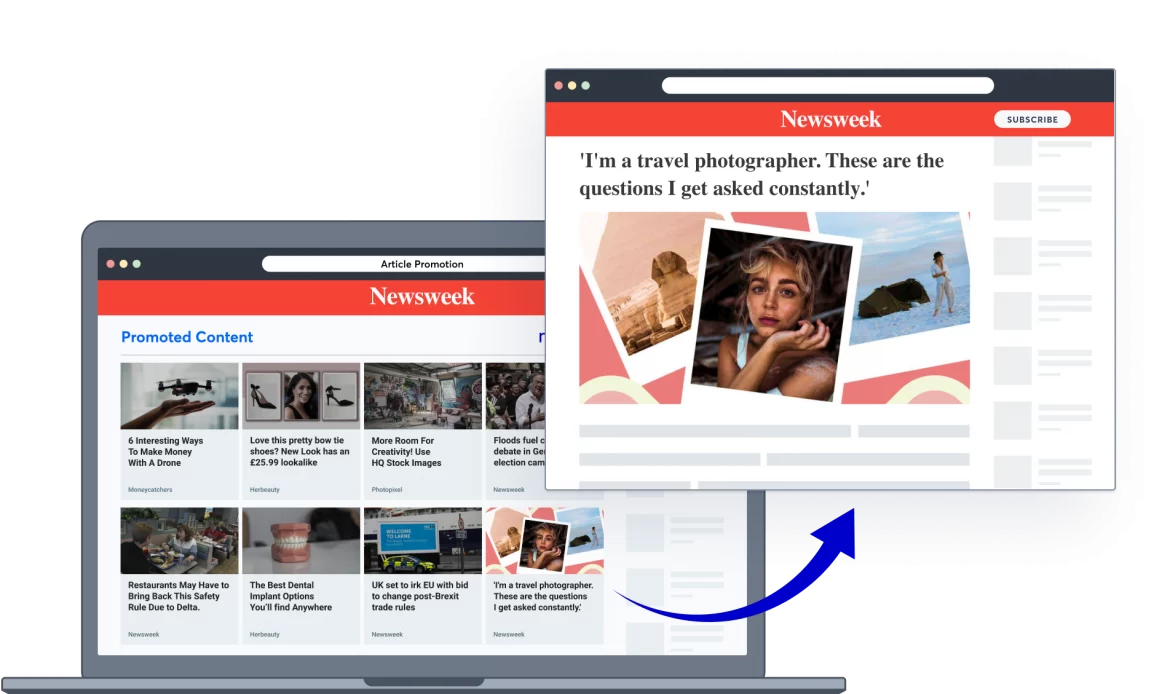
There are a variety of different bidding models that can be used when working with MGID. The most common and straightforward model is the cost-per-click (CPC) model, in which advertisers pay a set amount each time a user clicks on their ad.
However, this model can be less effective for advertisers who are more interested in generating brand awareness, rather than immediate clicks. In such cases, the cost-per-mile (CPM) model may be more appropriate, as it allows ads to be seen by a larger audience even if they are not clicked on.
MGID offers several targeting options including geographical, operating system, browser, traffic source, sub-IDs, and retargeting, and their platform, which is known to have a very intuitive user interface, makes it very easy to access all the relevant data about your campaign including the amount spent, campaign status, number of clicks, CPC, conversions, cost per result, etc.
MGID Basic Info
-Audience: 32,000+ publishers, 850M+ unique monthly visitors, 70+ languages and 200+ countries
-Ad formats: Native Widgets, MGID Smart Widget, MGID In-content Impact Widget, and Native Video (better described in this page)
-Targeting options: geographical, operating system, browser, traffic source, sub-IDs, retargeting and others
-Reporting: amount spent, campaign status, number of clicks, CPC, conversions, cost per result, etc. with several filtering options
Pricing
MGID requires a minimum balance of $100 to get started and, by adding $1,000 or more, you’ll also gain access to an account manager who’ll guide you through the platform and help you manage your account.
Bidding models include Cost-per-click (CPC) and Cost-per-mile (CPM).
PROS of MGID
-High quality publishers and audience
-Low minimum balance to get started
-Good customer service
-Simplicity of joining
-Instinctive user interface for advertisers
CONS of MGID
-Many users claim that approval to get started might take a bit long
-Some complaints about outdated features and lack of updates
Here is what a previous user had to say about MGID:

2 – TABOOLA
Taboola is a native advertising platform that allows brands to promote their products and services on websites and apps all over the world through personalized recommendations.
Quick facts:
-Founded in 2007
-Most famous native advertising platform in the world
-1.4B+ unique monthly users reached
BEST FOR:
Small and large advertisers looking for a broad and global audience, especially those looking to increase brand awareness (higher quantity vs quality)
PRICING:
Adjustable budget starting from $10/day with CPC, CPM and hybrid bidding models.
Taboola is the most popular of the native ads platforms in the world. With over 1.4 billion unique users reached every month through a variety of publishers (50% of them in tier 1 countries such as the US and the UK), it is by far one of the most relevant platforms to be kept in mind by advertisers.
Their native ad platform offers a variety of different ad formats to choose from. The In-Feed unit is Taboola’s most popular format, which appears as a scrollable list of articles or videos within the feed of content on the site. The In-Article format appears as a list of recommended articles or videos that are related to the article the user is currently viewing.
Taboola also offers a recommended Widget that can be placed in any sidebar or footer on the site, as well as a Video Player Unit that can be embedded within the website’s video content.
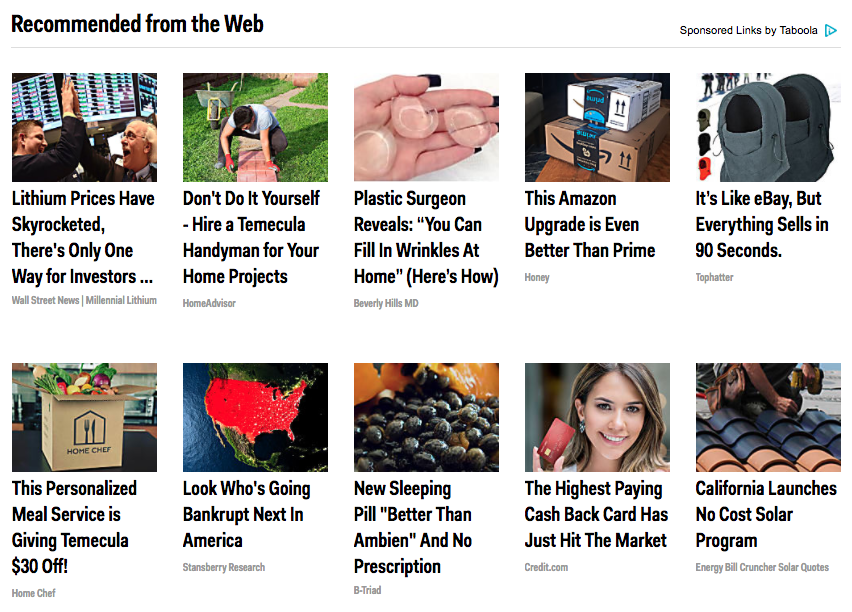
Targeting options for advertisers include location, device, operating system, connection type and others.
Their platform also makes it easy to visualize relevant data from your campaigns, including the amount spent, conversions and others, all while applying relevant filters such as location and interests.
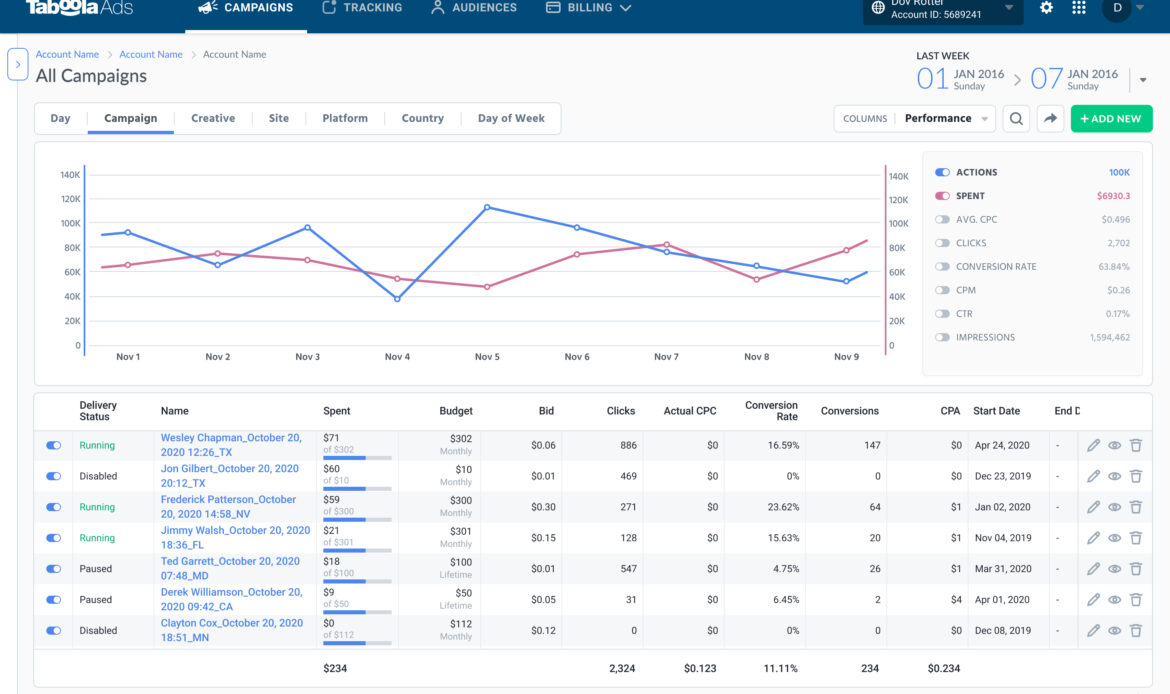
Taboola Basic Info
-Audience: 1.4B+ monthly users reached, 50% of them in tier 1 countries like the U.S. and U.K.
-Ad formats: In-Feed unit (most popular), In-Article format, recommended Widget and a Video Player Unit
-Targeting options: location, device, operating system, connection type and others
-Reporting: amount spent, conversions and others, with relevant filters such as location and interests
Taboola Pricing & Bidding Models
In the self-service option, advertisers can get started with a daily budget of only 10 dollars.
Advertisers can either bid on a cost-per-click (CPC) or cost-per-thousand-impressions (CPM) basis. Taboola also offers a hybrid CPC/CPM bidding option, which allows advertisers to set a CPC bid while also paying on a CPM basis if their ad meets certain criteria, such as having a high click-through rate (CTR).
Whichever bidding model you choose, Taboola’s algorithm will automatically optimize your campaign to get the most clicks (or impressions) for your budget.
PROS of Taboola
-Lower CPC
-Low budget to start
-Large and broad global audience
-Easy to set up a campaign
CONS of Taboola
-Often displayed with low-quiality content, which can display poorly on brand
-Relies heavily on cookies, meaning it’s less effective for users who clear their cookies regularly or who use privacy-oriented browsers that block third-party cookies
-Higher bounce rate
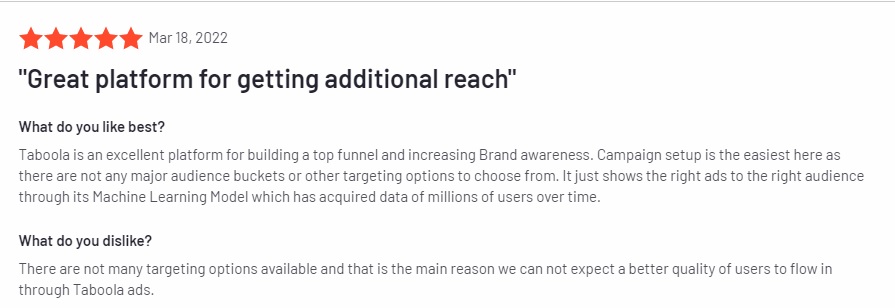
3 – OUTBRAIN
Outbrain is one of the leading native ads platforms integrated with some of the world’s top publishers such as CNN, WSJ and more.
Quick facts:
-Founded in 2006
-Large, broad and global audience with 1.2B+ unique monthly visitors
BEST FOR:
Small and large advertisers from various niches and locations looking to build brand awareness and grow audiences
PRICING:
Starts from $20/day with CPC, CPV and CPA bidding models.
Outbrain’s audience is very similar to Taboola’s, with over 1.2B monthly unique visitors from 55 countries, 50% of those users from tier 1 countries. Their audience is highly engaged, with over 60% of users clicking on at least one piece of content per day. This level of engagement creates a unique opportunity for marketers to reach their target consumers.
Outbrain offers a wide variety of ad formats, including Standard Smartads, Carousel Smartads, Clip or Click-to-watch Smartads and others.

Advertisers can target their audiences by location, interests, demographics and behavior. They can also target people who are interested in specific topics or who have engaged in certain behaviors online.
It’s known to have a lower CPC than competitors, and their data reporting is highly customizable with many filtering options that allow advertisers to deeply understand their data and make adjustments, and users often say good things about it.

Outbrain Basic Info
-Audience: 1.2B+ monthly unique users from 55+ countries (50% of users from tier 1 countries)
-Ad formats: Standard Smartads, Carousel Smartads, Clip or Click-to-watch Smartads and others
-Targeting options: location, interests, demographics and behavior
-Reporting: highly customizable with many filtering options
Pricing:
Outbrain starts with a $20 minimum daily budget and a minimum CPC of $0.03 (although you should expect to pay a lot more if you’re advertising in a developed economy), higher than some competitors.
It offers a variety of bidding options for advertisers to choose from, depending on their goals and budget. For example, advertisers can choose to pay per click (CPC), per view (CPV), or per action (CPA).
PROS of Outbrain
-Easy-to-use platform
-Large and broad audience
-Highly-engaged visitors
-Lower CPC than competitors
CONS of Outbrain
-Very strict approval terms for advertisers (on the plus side, it does the same with publishers, increasing the network’s quality)
-Limited design customization options on ads
-Complaints about lack of targeting options

4 – CONTENT.AD
Content.ad native ads platform has been a trusted leader in the native advertising industry for over 15 years.
Quick facts:
-An industry pioneer founded in 2004
-66,000 publishers generating 1B+ impressions per day
-Focus on more specific niches than other platforms
BEST FOR:
Small and large advertisers focused on their target niches (cited below)
PRICING:
Minimum deposit of $250 with CPC and CPM bidding models.
Content.ad has a network with over 66,000 publishers that generate more than 1 billion impressions per day across news, lifestyle and niche publishers.
According to their website, some of the top niches they advertise on include health, wellness, automotive, beauty, fashion, luxury, music, subscription, mobile app, video games, and others.
There are a variety of ad formats that content.ad offers to its advertisers, including standard banner ads in a variety of sizes, text-based and video ads that can be played before, during, or after video content.
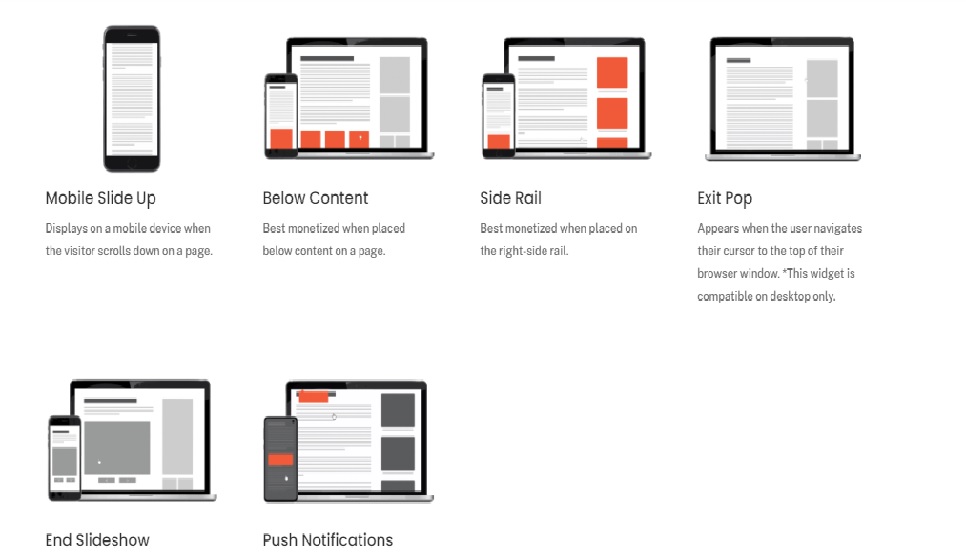
In addition, they also offer a wide range of customization options to help you make your ads more effective. You can target your ads by location, demographics, interests, and behavior.
Content Ad is a one of the unique native ads platforms which has a tool for advertisers to set-up campaigns, in which you answer a few questions and they get the campaign running for you in minutes, without having to set everything up manually.
One downside about content.ad is that they require a minimum deposit of $250 from advertisers to get started. On the other hand, if you don’t wish to advertise with them anymore, they make it easy to withdraw your remaining balance.
Account managers are also available at an extra cost.
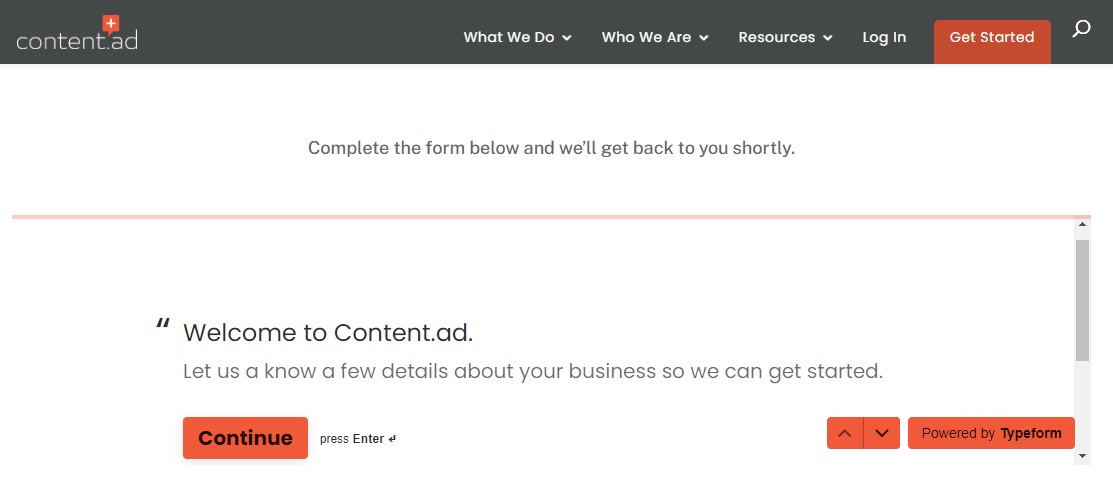
Content.ad Basic Info
-Audience: 66,000+ publishers, 1B+ impressions per day across news, lifestyle and niche publishers
-Ad formats: standard banner ads in a variety of sizes, text-based, video ads that can be played before, during, or after video content and others
-Targeting options: location, demographics, interests and behavior
-Reporting: amount spend, total clicks, total impressions, CPC, CPM, etc.
Pricing & bidding models:
Content.ad requires a minimum deposit of $250 from advertisers. Like most platforms, it offers cost-per-click (CPC) and cost-per-mile (CPM) based bidding models.
It also has a third model that allows businesses to bid on ad placements based on the content of the website where the ad will appear. This system offers several advantages for businesses, including the ability to target ads to specific audiences and the potential to reach a large number of people with each ad.
PROS of content.ad
-Wide range of networks to show advertising on
-Easy to withdraw balance if you don’t wish do advertise with them anymore
-Great customer service
CONS of content.ad
-Complaints about the reports that make it hard to breakdown by campaign

5 – REVCONTENT
Revcontent is a content recommendation platform targeting premium publishers and audiences with access to 97% of U.S. households.
Quick facts:
-Later entrant founded in 2013, yet became a very relevant player
-250B+ monthly impressions
-Exclusive partnership with some of the world’s largest media brands
BEST FOR:
Those looking to advertise with premium publishers, with more focus on brand awareness than conversions
PRICING:
Adjustable budget starting at $100 per day with CPC and CPM bidding models
Revcontent is one of the largest content recommendation platforms powering over 250 billion impressions a month focusing on high-quality premium publishers and audiences.
One of the things about them is that they’ve signed exclusive partnerships with some of the world’s largest media brands, including Microsoft, CBS, Forbes and others. That means that, by advertising with Revcontent, you’ll gain access to news, content and niche websites that you wouldn’t have access to in other platforms.
Revcontent offers a variety of native ad formats, including in-feed ads, sponsored content, and recommended content widgets.

They also offer several targeting options including location, device, language and others and, for an extra cost, you can get access to an account manager.
RevContent’s platform provides real-time data containing all the relevant metrics, making it easier to make adjustments and meet KPIs.

Revcontent Basic Info
-Audience: 250B+ impressions a month with premium publishers including Microsoft, CBS and others
-Ad formats: in-feed ads, sponsored content, recommended content widgets and others
-Targeting options: location, device, language and others
-Reporting: real-time data with all the relevant metrics
Pricing: & bidding models
Revcontent requires a minimum daily budget of $100 from advertisers to get started and it offers CPC and CPM bidding models.
PROS of Revcontent
-Exclusive access to large premium publishers
-Easy-to-use platform
-Relaxed approval process
CONS of Revcontent
-High bounce rates (high number of clicks with low conversion rates)
-Not much room to improve performance
6- Yahoo Gemini
Yahoo Gemini (also known as Verizon Media or Oath Native) is the only platform that offers both search and paid advertising in one place.
Quick facts:
-Launched in 2014
-Publishers include Yahoo itself, Verizon-owned brands and some very specific publishers
BEST FOR:
Those looking for broader audiences
PRICING:
Adjustable budget, with minimum spend of $100.
Yahoo Gemini has more than a billion monthly active users and generates over two billion impressions per day.
Besides Yahoo’s content itself, the platform gives you access to several Verizon-owned brands such as HuffPost, Tumblr, AOL’s content, TechCrunch, and others.
Something interesting and helpful about this platform is that it offers a way to sync it to your Google Ads account in order to import all the data from there and reproduce your campaigns on Yahoo.
Another thing to highlight is that Yahoo Gemini drives its focus to platforms fully owned by Yahoo and Verizon, as well to some very specific platforms they’ve signed exclusive deals with. In other words, that means that not everyone can sign up as a publisher, which generates a higher-quality and more reliable network.
Yahoo Gemini offers a variety of formats for native ads, including image, video, app install, carousel and others, and it offers targeting options similar to the other platforms, including geolocation, interest, language and others.
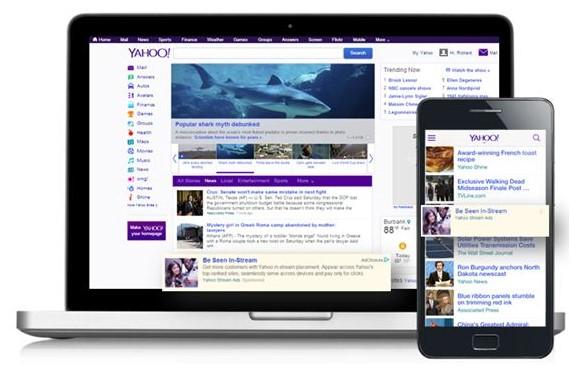
Their native ads platform, however, despite providing all the relevant info about your campaign, is a bit outdated and it might be hard to navigate through it at first.
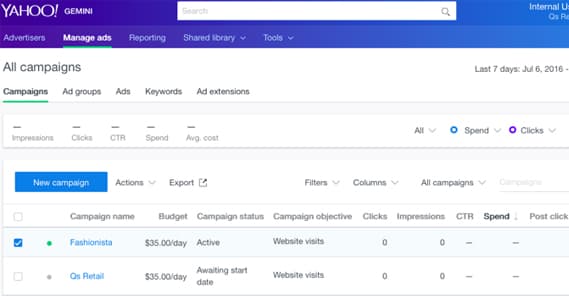
Yahoo Gemini Basic Info
-Audience: 1B+ monthly active users and 2B+ impressions per day, publishers include Yahoo’s network, Verizon-owned brands and others
-Ad formats: image, video, app install, carousel and others
-Targeting options: geolocation, interest, language and others
-Reporting: provides all the most relevant metrics, with complaints of it being outdated
Pricing & bidding models
Yahoo Gemini requires a minimum deposit of just $25 to get started, making it one of the most accessible platforms to smaller advertisers. Their bidding options include click (CPC) and conversion-based (CPA).
PROS of Yahoo Gemini
-Reliable publishers
-Low minimum deposit to get started
-Cost-effective bidding models
CONS of Yahoo Gemini
-Outdated user interface
-Targeting and reporting options
-Complaints about customer support
7- TripleLift
TripleLift is a programmatic native advertisement company that combines native ads and automation to optimize return.
Quick facts:
-Founded in 2012
-35B+ weekly impressions
-64% of their traffic comes from the U.S.
BEST FOR:
Advertisers from various niches focused on the U.S. and other tier 1 countries
PRICING:
Adjustable budget starting from $399/month with CPC and CPM bidding options.
TripleLift’s network includes wide-known premium publishers such as USA Today, The New York Times, BBC, and others and, in late-2020, it crossed the $1 billion mark spent on ads. About two thirds of their traffic comes from the U.S. and they claim to generate over 35 billion weekly impressions.
It offers a variety of ad formats including Image, Cinemagraph, Window, Scroll, Carousel and others.

It has also established an RTB-enabled native ad exchange that enables marketers buying media programmatically to tap into premium, in-feed native advertising. With their “Beautiful Native Ads At Scale,” TripleLift’s technology transforms assets into thousands of unique ads that match the appearance and feel of each website.
They’re also working on a new division called ‘CTV’, which is still in beta testing, that’ll bring advertisers a new solution with integrated ads in streaming TV.
They offer varied targeting options including location, device, interests and others and their platform offers easy access to all the relevant campaign data.
Their platform is easy to navigate and, during the preview, it shows the campaign surrounded by actual content, making it easier for advertisers to see how their ads will be displayed in real life. However, reporting might lack some relevant campaign data, according to some users.
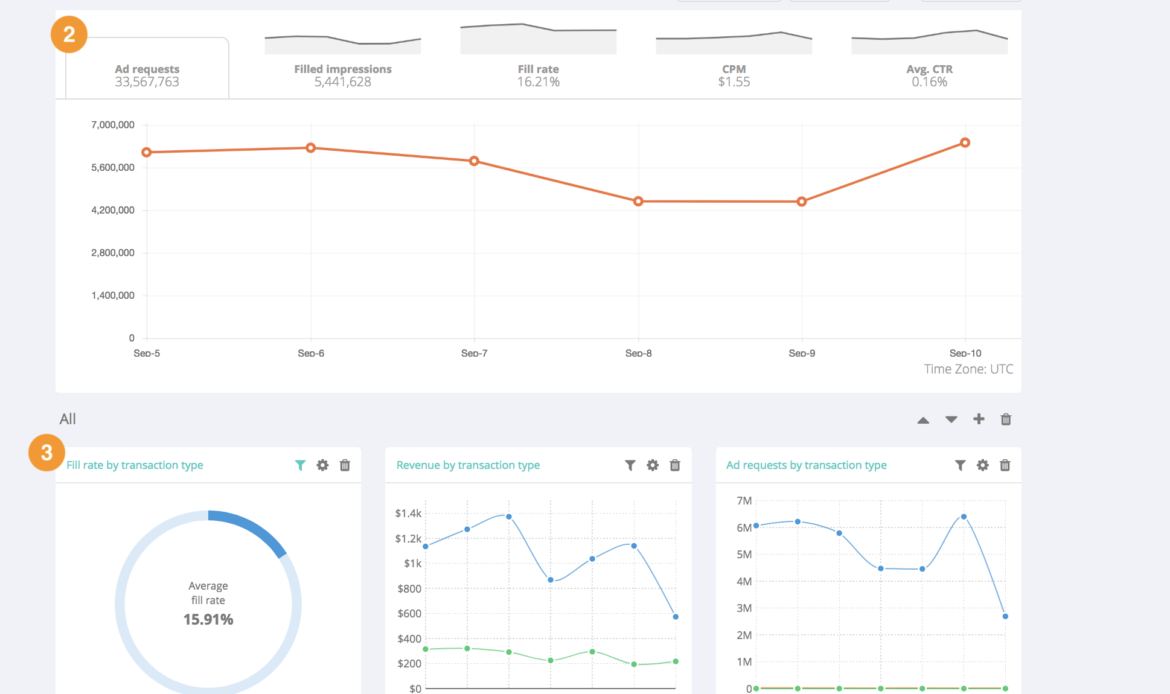
TripleLift Basic Info
-Audience: 35B+ weekly impressions (two-thirds from the U.S.), US$ 1B+ spent on ads, publishers like USA Today, The New York Times and others
-Ad formats: It offers a variety of ad formats including Image, Cinemagraph, Window, Scroll, Carousel and others.
-Targeting options: location, device, interests and others
-Reporting: dashboard contains all the relevant metrics
Pricing & bidding models
TripleLift starts from $399/month for advertisers with bidding options including CPC and CPM.
PROS of TripleLift
-Access to top publishers like The New York Times and BBC
-Several ad formats to choose
-Great creative capabilities + great UI that allows you to preview exactly what your ads will look like when displayed
CONS of TripleLift
-Time for ads to get approval
8- Nativo
Nativo is a native advertising platform that scales storytelling across the premium web.
Quick facts:
-Founded in 2010
-200M+ monthly visitors, mostly from the U.S.
-Network includes top premium publishers like Entrepreneur and Fortune
-75% of campaigns don’t rely on cookies
BEST FOR:
Brands focused on the U.S. and other tier-1 countries
PRICING:
Adjustable budget with no minimum spending. CPC-based bidding model.
Nativo’s network, that reaches over 200 million+ unique visitors every month (mostly in the U.S.), includes publishers like Entrepreneur, People and Fortune.
It supports a variety of ad formats and one differential is that they don’t require a minimum spend from advertisers to get started.
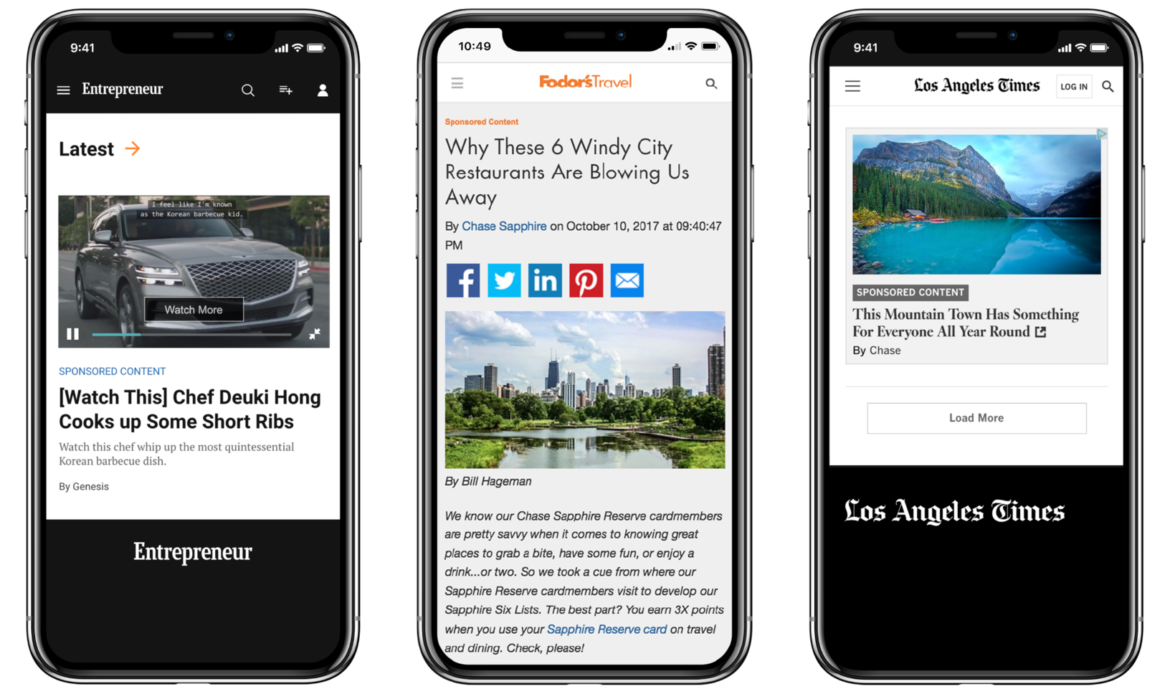
Another great thing about Nativo is that 75% of their campaigns don’t rely on cookies, allowing advertisers to reach consumers who clean their cookies regularly or who use privacy-oriented browsers that block third-party cookies.
Nativo, like its competitors, offers several targeting options based on location, interests, device and others. Their platform also allows you to access all the relevant data from your campaigns (however, it can be a bit confusing when you’re just getting started).
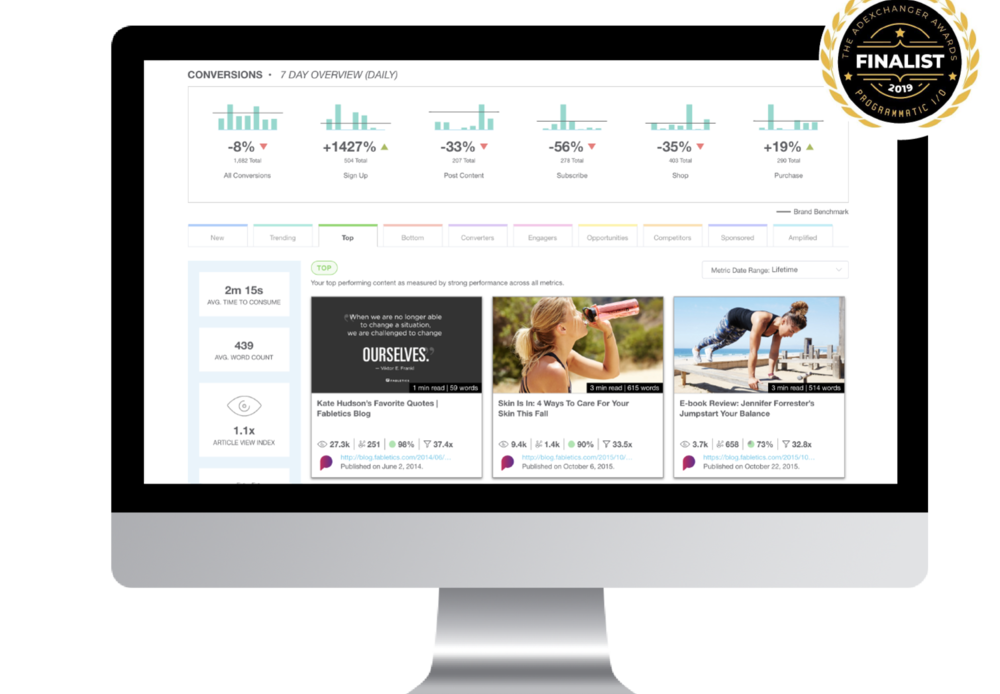
Something to be kept in mind is that it can be hard to use different fonts and colors on your campaigns in Nativo.
Nativo Basic Info
-Audience: 200 million+ unique visitors every month (mostly in the U.S.), publishers include Entrepreneur, People, Fortune and others
-Ad formats: Image, video and others
-Targeting options: location, interests, device and others
-Reporting: dashboard contains all the relevant metrics
Pricing & bidding models
Unlike most of its competitors, Nativo doesn’t require a minimum spend from advertisers to get started, and its pricing is based on the CPC (cost-per-click) bidding model.
PROS of Nativo
-Most campaigns don’t rely on cookies
-No minimum spend to get started
CONS of Nativo
-Hard to apply different fonts and colors on ads
-Platform can be confusing when you’re getting started
9- TONIC.
TONIC. is one of the native ads platforms that also offers a domain redirect option.
Quick facts:
-2B+ monthly impressions
-Offers a zero-click ad option, that doesn’t require users to click on an ad to get redirected
BEST FOR:
Advertisers less worried about their branding (ads might be considered too intrusive)
PRICING:
Adjustable budget, with minimum spend of $100 on the standard account.
With a daily traffic volume of over 300M (mostly in the U.S.), TONIC. differentiates from other native ads platforms by offering both a zero-click (PPR, or pay-per-redirect) and full-page Pop (PPV, or pay-per-view) ad choices.
In the zero-click one, as the name suggests, visitors are automatically redirected to the advertiser’s website after inserting a domain from TONIC’s publisher network without having to click on any ads. That means more redirects at a lower conversion rate. Also, keep in mind that this model might feel intrusive for many users, which might reflect poorly on brand.
On the full-page Pop, on the other hand, ads are displayed on the top of the publisher’s web page, typically in another window (which might also feel intrusive to some).
It offers several targeting options, including country, keywords, category, adult/non-adult, device, carrier, source ID, and others.
It also sends you customized reporting daily, weekly or monthly, with all the data you ask, according to your choice.
TONIC. Basic Info
-Audience: daily traffic of 300M+ users (mostly in the U.S.)
-Ad formats: zero-click (redirects users without requiring them to click on an ad) and full-page Pop (pop-up in a different window after entering a website)
-Targeting options: country, keywords, category, adult/non-adult, device, carrier, source ID, and others
-Reporting: customized reports sent to you with the data and frequency of your preference
Pricing & bidding models
TONIC. requires a minimum deposit of $100 from advertisers on the standard account with refunds available for a $15 fee. If you spend more than $10K a month, you’ll also gain access to an account manager.
Alternatively, it also offers the Feed account, that comes with some extra benefits for advertisers, including an account manager. It requires a minimum deposit of $1000 and a minimum daily spend of $100.
PROS of TONIC.
-Zero-click option
-Customized reports
-Many targeting options
-Advertiser has high control over which websites they want ads displayed at
CONS of TONIC.
-Publishers aren’t always well-filtered
-Ad formats might feel more intrusive
With so many options for native ads platforms, it can be difficult to decide which one is right for your business.
The best way to make a decision is to consider your audience, the ad formats that will work best for you, the targeting options available and the reporting features offered by each platform.
Once you have a better understanding of what’s important to you, you can begin narrowing down your choices and selecting the platform that will help you achieve your marketing goals.
- How to Make $1000 a Day With Google Ads Affiliate Marketing – Ultimate Guide - October 10, 2023
- Ultimate Guide to YouTube Shorts Ads for Affiliate Marketing - December 23, 2022
- How To Start Affiliate Marketing For Beginners [Ultimate Guide 2023] - December 21, 2022
